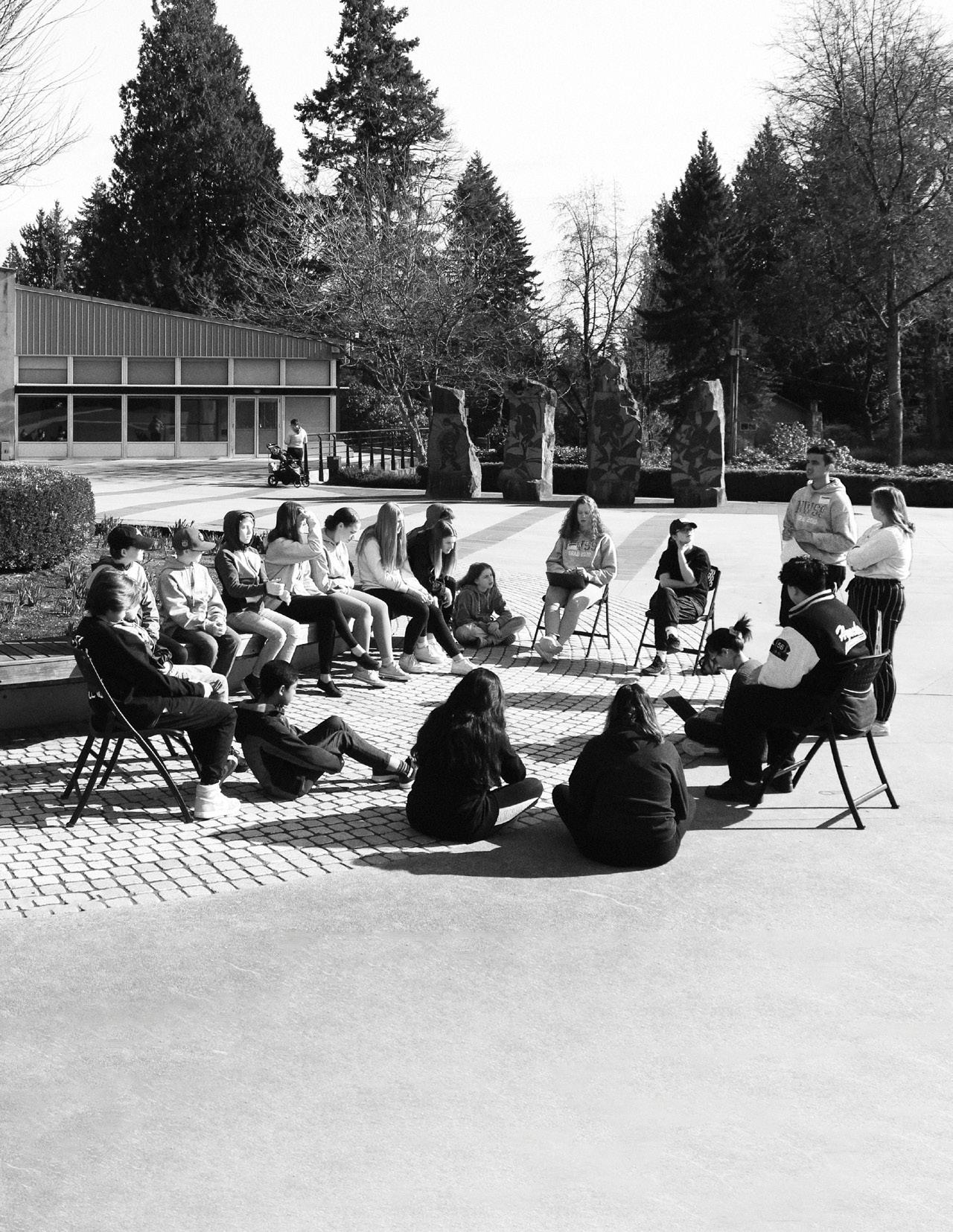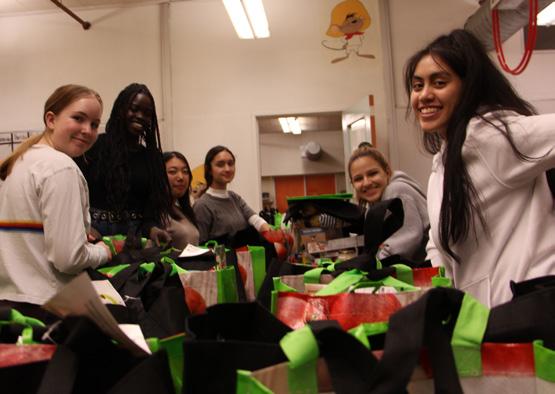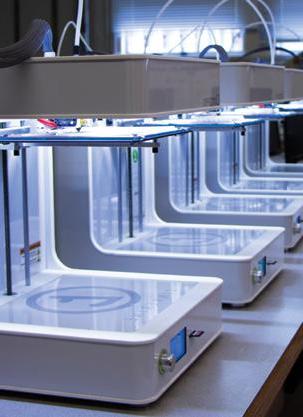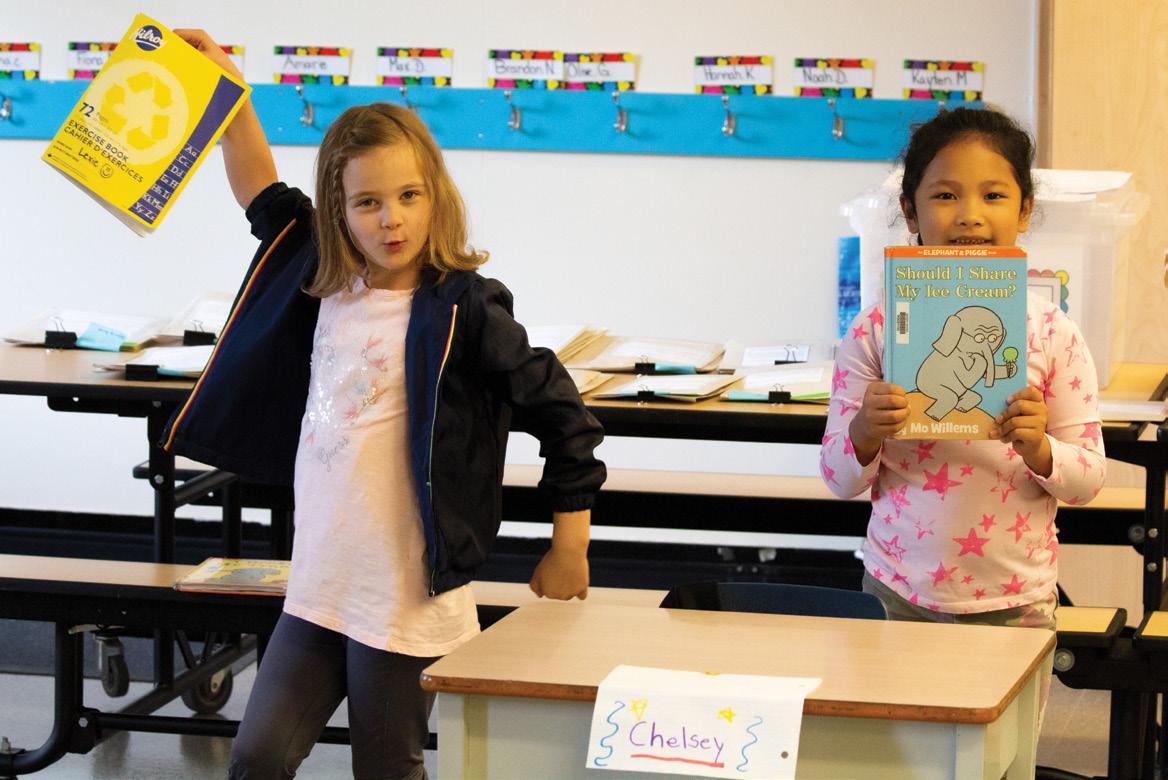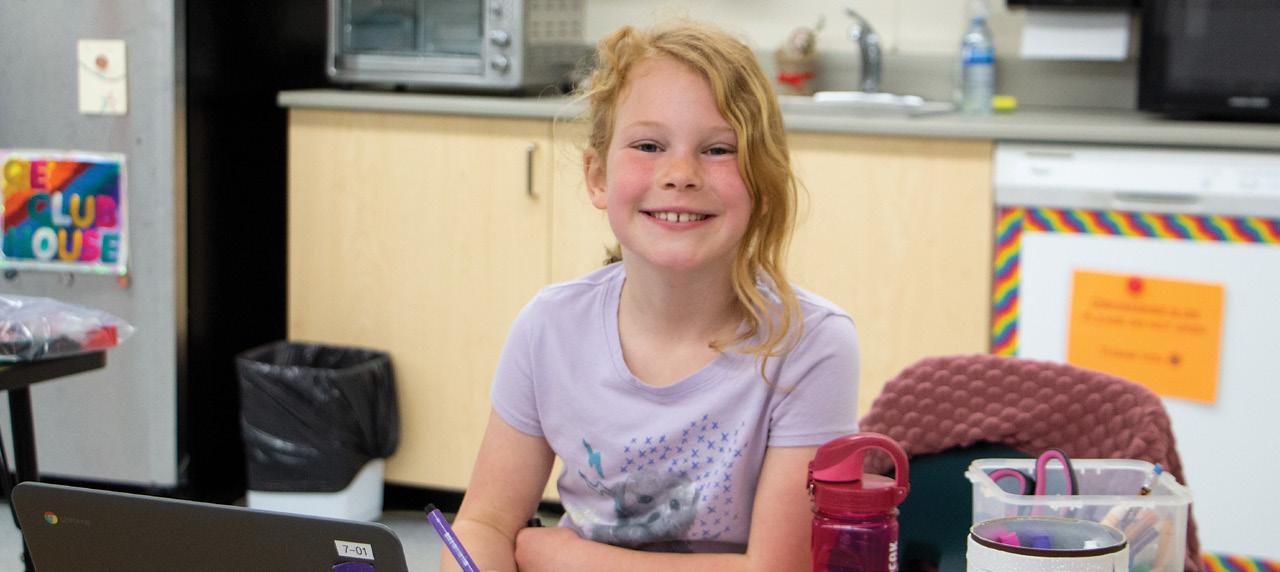
4 minute read
Transform the student experience
When we talk about transforming the student experience, we’re talking about all efforts made to listen, collaborate and support the improved experience of both learning and growing in our schools … to help us create a future where students experience joy in learning, staff feel supported with the resources and training they need, and our community feels connected to their local schools.
This year we’ve had many examples of how we’re starting to transform the student experience:
Advertisement
§ There was the shift to remote learning in this year of the COVID outbreak. It changed learning and teaching for every student, staff person and parent in our district. And while it wasn’t perfect or easy, collectively, we managed to achieve a lot of really beautiful things while under a lot of pressure. § Throughout this process our teachers and other educators shone as they collaborated and channelled creative and innovative new ways to teach lessons to their students … also often supporting the personal growth of their peers along the way.
Our extensive Inclusive Education Review laid the path for changes that will be applied to improve support to students with diverse needs, and provide more equity between all students and their ability to succeed.
We broke ground on Richard McBride! The replacement school will feature open spaces and a design that’s intended to support revised and modern curriculum needs. And, in addition, it will also feature a significant expansion to the child care centre with new infant and toddler spaces opening up to better support local families. We are a big step closer to adding many new classrooms to the fast-growing Queensborough community: the Province gave formal support to move ahead on our work towards an addition to Queen Elizabeth Elementary
School. This year’s announcement means our architectural lead will now be working with teams of quantity surveyors, mechanical and structural engineers, and more to help build the Concept Plan and the Project Definition
Report – the final step required to give us the go-ahead needed to secure provincial funding.
Budget consultations across trustees, parents, teachers, union representatives, student representatives and other community member groups made sure everyone’s voice was heard as we built the plan for next year. And it wasn’t just around budget priorities that we engaged our students, but we also engaged them in core discussions about what their learning experiences were like inside our District’s schools …
Above: Breaking ground at Richard McBride Elementary School.
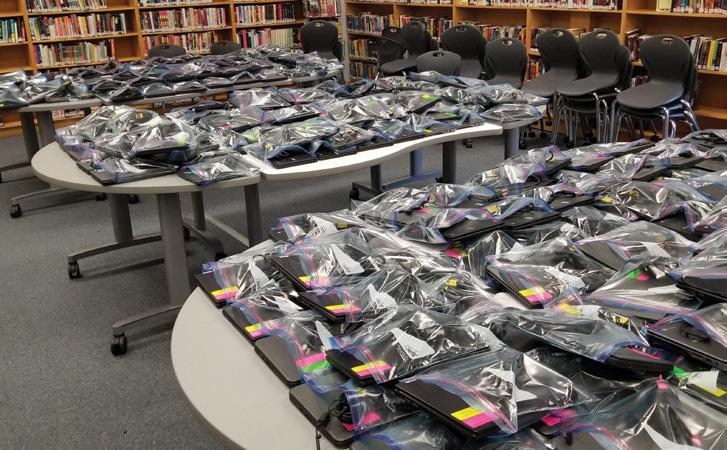
Left: Ready for loan: our Technology and Information Services team packaged and distributed almost 1,000 Chromebooks to support New Westminster families in the move to online learning.
The topics ranged from mental health to vaping. The participants ranged from slightly nervous middle schoolers to outspoken teen mentors in their last few months of high school. And the adults – the teachers, school trustees, district staff and the Superintendent – they sat at a table in the back, ready to listen.

Above: Organizers from NWSS Student Voice take a moment to gather before welcoming all the students to the Student Symposium 2020 was hosted by the school district, but the day was presided over by four of New West’s up-and-coming leaders: Brianna Haiduc, Jalen Bachra, Rebecca Ballard and Sierra-Rose Hand. And,
symposium. under the supervision of teacher Stacy Brine, a large committee of teens from the NWSS Student Voice group planned the day themselves, led the sessions and guided kids from across the District in a wide series of discussions – 30 kids from NWSS, 15 from each of our three middle schools and two teens from the Royal City Alternate Program (RCAP). Those wandering the room heard snippets of stories, reflections and concerns being shared. Kids thoughtfully discussing the realities they were facing, the resources that helped make some of it easier and the list of issues they hope will be addressed to improve their experiences. According to the four leaders, “the student-led approach created discussions where the kids were so engaged that they were almost talking over each other” … feeling safe enough to share personal stories and excited about the commonalities that connected them.
Throughout the day, breakout groups took careful notes that documented the discussions. And those notes were later presented to New Westminster’s Trustees and District staff to help make sure our kids’ voices and ideas were part of the considerations as 2020/2021 budgets and priorities were set. Teacher Stacy Brine said this event – now in its second year – marks an important shift in showing how the district is valuing student voices, “Getting students engaged in discussions about issues that matter to them is difficult. We think we know what they need, but we don’t often give them a chance to speak for themselves. And they have great ideas. So this opportunity to connect around issues that affect them, it’s how we can help them be more successful.”
The teens echoed that sentiment, commenting that “sometimes it feels like our opinions don’t matter. But here we have a whole bunch of students who are just excited they can change their experiences in their classrooms and at their schools.”
At the end of the day’s activities, the young leaders also laughed as they talked to School District staff about the experience, and they suggested that part of what helped make the day extra special was that they were just awesome. We agree. They really are awesome.
GOOD THINGS ARE HAPPENING: NEW WESTMINSTER SCHOOLS 2019-20 Pictured: Breakout sessions were led by student leaders which allowed space for each participant to share their thoughts and experiences.
